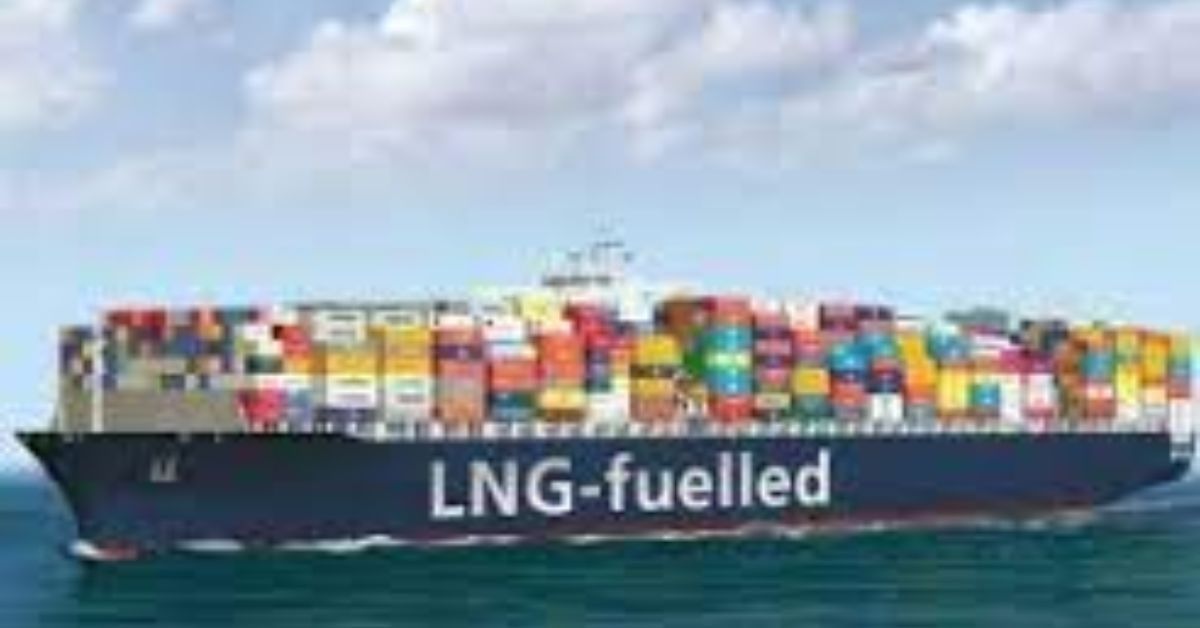Industry coalition SEA-LNG reports that active LNG-fuelled vessels account for more than 2% of the global shipping fleet. Including the current orderbook, this number increases to 4% by vessel numbers or 6% by deadweight tonnage (DWT).
Numbers have grown from 21 LNG-fuelled vessels in operation in 2010, many of them smaller ships operating regionally, to 590 in operation globally today, including the world’s largest container ships twice the size of any operating in 2010.
With a further 564 on order, the total number of LNG-powered vessels in operation by the end of 2028 will be 1,154. Added to these are 772 LNG carriers in operation, with a further 341 on order at the end of 2023. This means that over 2,000 of the world’s 60,000 largest vessels are now LNG-powered. Moreover, according to DNV, LNG dual-fuel vessels make up one-third of the new build orderbook.
In support of this expansion in LNG dual fuel vessels, LNG bunkers are currently available in 185 ports, with an additional 50 being added next year. The bunkering vessel fleet has increased from a single vessel in 2010 to 60 in operation today, with a further 13 on order and significant interest in the maritime community to continue to invest in these needed assets. This expanding infrastructure is immediately ready for liquefied biomethane (bio-LNG) as it scales, and eventually, e-methane (renewable synthetic or e-LNG), providing ship owners and operators with the confidence that vessels ordered today are future-proofed for 2050 and beyond.
The use of liquefied biomethane as a marine fuel can reduce GHG emissions by up to 80% compared to marine diesel on a full well-to-wake basis. When produced from the anaerobic digestion of waste materials, such as manure, methane that would otherwise be released into the atmosphere is captured, resulting in negative emissions of up to -190% compared with diesel.








